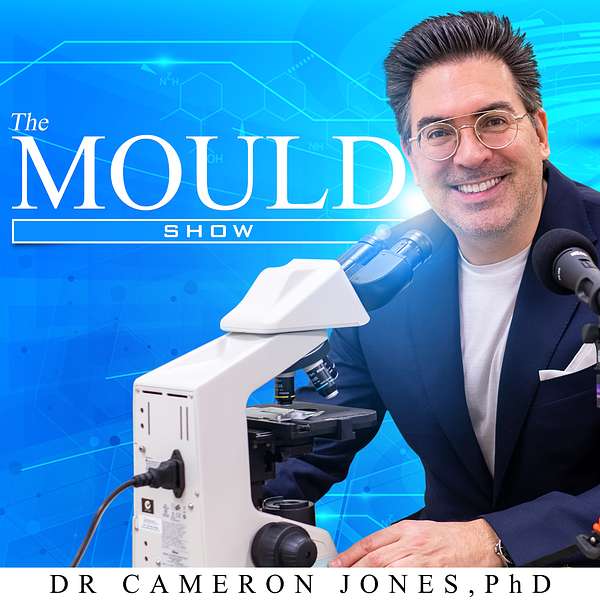
The Mould Show
The Mould Show
Clinical Mould Antigen Extracts and Moulds From Water-Damaged Homes
Common health concerns from mould include: asthma, allergic rhinitis, wheeze, cough, shortness of breath, or hypersensitivity pneumonitis, headache, eye and skin problems and other health issues. It is reasonably well known, at least by the integrative health community, that exposure to moulds and other fungi is correlated with a range of allergic and pulmonary diseases in susceptible individuals.
Allergy is often tested using antigen extracts. The paper we're discussing today shows that the available antigen extracts are not well matched to the types of fungi that are commonly found indoors.
Allergic sensitization is measured in vivo by something called the skin prick or intradermal testing method or by serological testing against a panel. Fungal antigens are therefore used to determine reaction and it is an important clinical diagnostic that supports environmental inspections.
It is also known that environmental remediation is correlated with improved outcomes of hypersensitivity pneumonitis and asthma. But linking these conditions with buildings relies on either the environmental inspection or the clinician being able to prove the allergy using fungal antigens.
This important paper shows that the actual spore counts in the air reveal exactly which fungi are most likely to induce allergy.
The research reviewed nearly 25,000 indoor air samples from over 7,500 mould affected or complaint homes and compared them against nearly 30,000 outdoor air samples. It was found that the Penicillium fungus was the dominant Genus in water damaged homes and was more common than Aspergillus.
Overall five important Penicillium Genus fungi and three Aspergillus Genus species were identified as the predominant indoor water damage related fungi. Notably, none of the Penicillium species and only one of the Aspergillus species have a clinical antigen extract available for skin testing or serum testing.
The conclusions show variously that commercial production of additional antigen extracts are required and that air spore count measures are fundamentally important to determine risk level of the indoor air versus the outdoor air.
So, what is healthy air versus unhealthy air? The researchers review the recommendations put forward by the American Industrial Hygiene Association (AIHA) who state that higher indoor versus outdoor mould levels, determined using either viable Petri plate culture or spore trap air sampling should be considered as unhealthy.
This new research also introduces a new quantitative minimum threshold risk level:
Where the combined concentration level of Penicillium/Aspergillus fungi in the indoor air is greater than 200 colony forming units per cubic meter of air (CFU/m3) higher than in the outdoor air. This may be an appropriate evidence-based benchmark.
This research concludes by stating that the accuracy of clinical detection of mould sensitivity can be significantly improved by (1) adding new antigen extracts for the predominant species of Penicillium and Aspergillus commonly identified in damp and mould affected homes and that (2) this will lead to improved outcomes for individuals who suffer from mould related conditions so that (3) timely environmental interventions such as (4) patient relocation and or (5) mould remediation when required can be implemented as a (5) critical component of disease management to improve the outcomes of asthma and hypersensitivity pneumonitis in the built environment.
REFERENCE:
Misalignment between Clinical Mold Antigen Extracts and Airborne Molds Found in Water-Damaged Homes. William M Sothern, Sarah L O'Beirne, Michael Berg, Daniel Devine, Nasrin Khandaker, Christopher Mikrut, and Robert J Kaner
Published online: November 17, 2021as DOI: https://doi.org/10.1513/AnnalsATS.202101-096OC